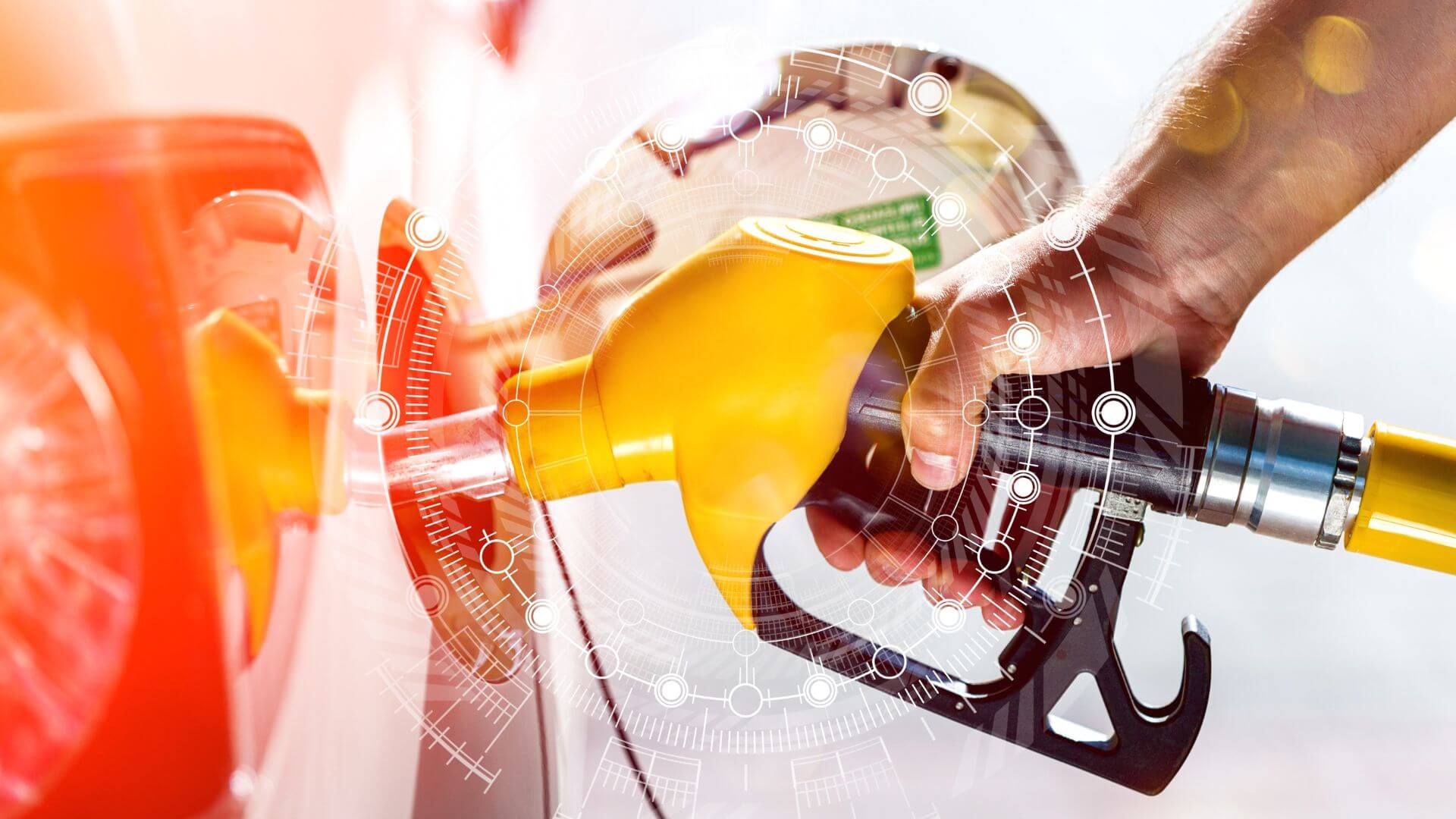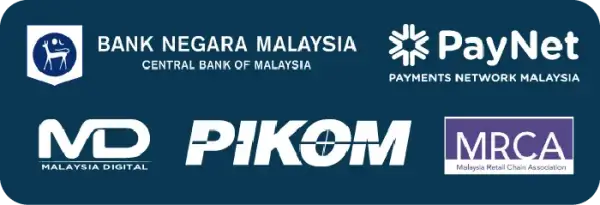
On 30 September 2025, Malaysia rolled out a new targeted subsidy scheme under Budi Madani RON95 (Budi95), reducing the subsidised price from RM2.05 to RM1.99 per litre. This seemingly small 6‑sen cut has generated a lot of discussion: Is it just political optics, or is there real value behind it? In this post, we examine how this subsidy change works, who benefits (or loses), and what the broader implications are for Malaysia’s economy, public finance, and cost-of-living pressures.
What Is Budi95? How Does the 6‑Sen Cut Work?
Key Points You Need to Know
- Under Budi Madani RON95 (Budi95), Malaysians aged 16 and older with a valid MyKad and driving licence qualify for a subsidised RON95 rate of RM1.99/litre (compared to the market price).
- The subsidised fuel is limited to 300 litres per month per person. Any usage beyond that will switch to the current un-subsidised rate.
- E‑hailing / ride‑hail drivers are exempted from the 300-litre ceiling, allowing them to apply for a higher quota.
- Non-citizens will not enjoy the subsidised rate. They must pay the full market price, which is about RM2.60/litre for now.
Why Only 6 Sen?
While a 6-sen reduction may appear minor, the policy behind it carries deeper implications.
The government says this 6 sen cut is a balance between helping people with rising costs and not overspending the country’s money. Instead of giving cheap fuel to everyone (even those who do not need help), the idea is to focus support on those who actually need it, like lower-income groups and heavy users like e-hailing drivers.
This way, the savings from reduced subsidies can be used for better things like cash aid (STR), healthcare, or improving public transport, while still keeping fuel affordable for most Malaysians.
Who Benefits from RON95 Subsidy and Who Might Not?
Regular drivers
If a driver consumes exactly 300 litres/month, the saving from 6 sen is RM18.00 monthly. It is not a huge amount, but it is still some relief at the pump. For many people, though, fuel is just one of many rising cost pressures, so the psychological effect may be more important than the actual saving amount.
E-hailing and delivery drivers
Because of heavier fuel usage, these workers may benefit more, especially with the subsidy ceiling lifted for them. Even a small discount like this helps cut down costs for fuel, maintenance, and mileage, which adds up when you are on the road all day.
Heavy users and higher-income earners
People who drive a lot (for long-distance work or travel) and go over the 300-litre limit will need to pay the full market price for any extra fuel. Also, by excluding non-citizens and shifting subsidy loads selectively, some higher-income groups may lose implicit benefit.
What Does This Mean for the Country’s Budget and Economy?
Helps the government save money: By focusing fuel subsidies only on Malaysians (and limiting how much you can get), the government expects to save between RM2.5 billion to RM4 billion a year.
Money saved can go to better use: Instead of giving cheap petrol to everyone (including the rich and foreigners), the savings can be used for things like cash aid (STR), public hospitals, schools, and fixing roads.
Less wastage and abuse: With MyKad-linked systems at petrol stations, it is harder for people to abuse the subsidy , like filling up for others or using fake information. This means more control and less leakage.
Fuel price becomes more realistic: The new system slowly moves Malaysia towards more accurate fuel pricing based on the real market. This helps avoid sudden price shocks in the future and makes the economy more stable.
Small impact on overall prices: A 6-sen drop may not hugely affect the prices of goods or transport, but it still sends a signal that subsidies are being handled more carefully , which can help control inflation in the long run.
What Are People Worried About?
- System might not work smoothly:
Some are concerned that MyKad verification systems at fuel stations may face technical or logistic issues during rollout. - Not fair for big families or heavy drivers:
For families with multiple vehicles or individuals who drive long distances, the 300-litre monthly limit may feel restrictive. Any usage beyond that cap will be charged at the unsubsidised market rate. - “Only 6 sen?” Perceived as too small a change:
Some Malaysians view the 6-sen adjustment as modest, especially amid broader cost pressures. - Could cause public complaints:
Shifting from a blanket subsidy to a targeted scheme is always delicate. The government needs to manage it carefully to avoid upsetting the public. - Possible misuse by others:
There are concerns that some individuals might take advantage of the special allowances (like for e-hailing drivers) if verification mechanisms are not strict enough.
Calculation Example
User Type | Fuel Usage | Price Before | Price After | Savings | Notes |
Regular user | 200 litres | RM410.00 | RM398.00 | RM12.00 | Full usage within subsidy cap |
Moderate user | 400 litres | RM820.00 | RM802.00 | RM18.00 | Excess volume pays at market rate |
E‑hailing driver | 700 litres | RM1,435.00 | RM1,393.00 | RM42.00 | Higher absolute benefit, if fully subsidised |
What Does This Means for Businesses and Households
- Small businesses that rely on transport:
Companies such as delivery services, logistics operators, or small transport businesses use a lot of fuel. Even a small cut like 6-sen per litre can help reduce monthly operating costs slightly, which matters when profit margins are already tight. - Households with more than one car:
Families with multiple vehicles or who drive long distances (like commuting to work or school) may notice some monthly savings, especially if all cars stay within the 300-litre cap. - Everyday drivers might not feel much difference:
For occasional drivers, the 6-sen discount may not significantly impact monthly expenses. However, over time, the accumulated savings still offer some relief as other living costs continue to rise. - Long-term benefits for everyone:
When the government saves money from cutting blanket subsidies, that money can be used for better roads, public transport, education, healthcare, and direct cash aid. These improvements benefit both businesses and families in the long run.
Conclusion: Why the 6 Sen Matters
At first glance, a 6-sen drop might not sound like a big deal, but it represents more than just cheaper fuel. This adjustment marks the beginning of a smarter, targeted subsidy system. Instead of giving discounts to everyone, including those who do not need them. The government is directing benefits to the right groups while reallocating funds to schools, healthcare, and direct assistance.
For businesses, this shift is a reminder of how targeted solutions create long-term value. Just as the Madani RON95 subsidy ensures fairness by reaching the right people, Paydibs the payment gateway service provider helps merchants channel payments securely and efficiently to the right place with faster settlements, better compliance, and local expertise built for Malaysian businesses.
Faster payouts. Better support. Local expertise. Try Paydibs today.
Disclaimer: This article is provided for informational purposes only and does not constitute financial, legal, or policy advice. While every effort has been made to ensure accuracy, subsidy policies and fuel prices may change over time. Readers are encouraged to verify details with official government announcements or authorised sources before making any financial or business decisions.
常见问题 About Budi Madani RON95
Does every Malaysian get the subsidised RM 1.99 price?
What happens if I use more than 300 litres in a month?
The excess volume will be charged at the market (unsubsidised) rate.
Can e‑hailing drivers still claim subsidies beyond 300 litres?
Yes, they may apply for a larger quota, subject to verification and approval.
Will there be technical problems at petrol stations (MyKad readers, etc.)?
While minor disruptions are possible during the initial rollout, early reports indicate that verification systems are functioning smoothly.
Where will the government use the subsidy savings?
The funds are slated for welfare programs (STR/SARA) and infrastructure development.
Is this the final step in Malaysia’s subsidy reform?
Not necessarily. This may be part of a gradual shift towards more market-based fuel pricing and selective subsidy targeting.
近期文章
- Setting Up a Payment Gateway on Shopify (Malaysia & Beyond)
- Shopify Malaysia: Payment Gateway Problems You Should Know
- The Future of Payments: How APIs Are Powering Malaysia’s Cashless Economy
- WooCommerce vs Shopify for SMEs: Which Handles Payments Better?
- How A Payment Gateway Works (Malaysia SME Guide)
类别
我们的合作伙伴 :






